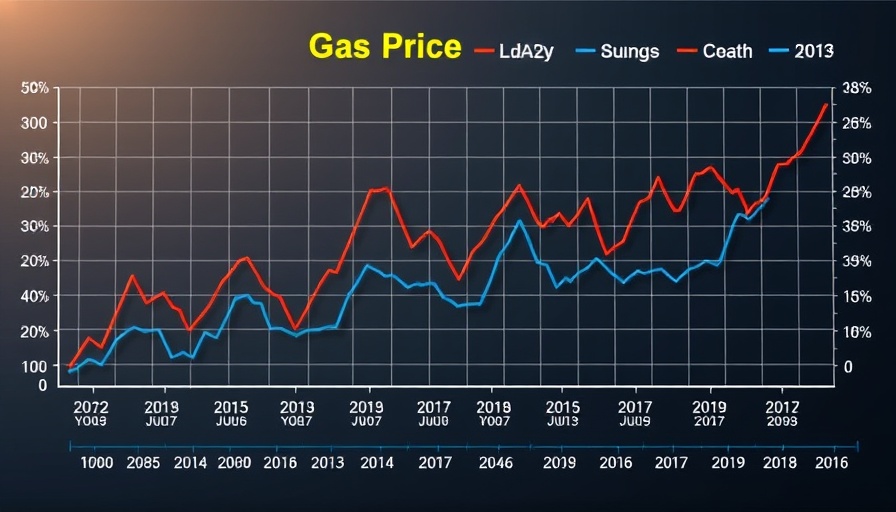
Gas Demand Dips as Seasons Change
As summer fades and fall routines take hold, gas demand in the United States is beginning to wane. This seasonal shift could bring some relief at the pumps for drivers across the country, contributing to a decrease in gas prices. The average price for a gallon of regular gas has slightly dropped to $3.19, down by about a penny from last week. This reduction signifies a broader trend driven by a stable supply of crude oil, which is currently outweighing demand.
The Role of Seasonal Blending in Gas Prices
One of the key factors influencing gas prices this time of year is the transition to winter-blend gasoline. This type of fuel is not only cheaper to produce but is also designed to perform better in cooler temperatures. The seasonal switch helps to maintain fuel supply reliability while potentially lowering costs for consumers. During this transition, the balance between gasoline supply and demand is critical, as seen from the recent data showing a drop in gasoline demand from 9.11 million barrels per day to 8.50 million, alongside a rise in gasoline supply.
Regional Variances: Pain at the Pump
Despite the national average showing a slight decline, certain regions are experiencing significant fluctuations. In the Pacific Northwest, for example, gas prices surged by more than 20 cents due to the shutdown of a major pipeline transporting fuel across Washington and Oregon. This pipeline is expected to resume operations soon, but the temporary hike affects local consumers who may already feel strained by rising costs.
Current Market Dynamics: Oil Prices and Inventories
In broader market terms, West Texas Intermediate (WTI) crude oil prices are relatively stable, recently closing at $63.67 per barrel. Interestingly, the Energy Information Administration (EIA) reported an increase in U.S. crude oil inventories, climbing by 3.9 million barrels to a total of 424.6 million. This inventory level remains about 3% below the five-year average, indicating a healthy supply that could provide stability in fuel prices moving forward.
Electric Vehicle Charging Trends
As gasoline prices fluctuate, the cost of electricity for electric vehicle (EV) charging stations has remained stable, averaging 36 cents per kilowatt hour. As EVs gain popularity, tracking these costs becomes essential for consumers who are considering making the switch from gas-powered vehicles.
Top States for Gas Prices: An Overview
Gas prices vary significantly across the nation, highlighting how geographical economic factors influence fuel costs. Some of the states with the highest gas prices include California at $4.63 and Washington at $4.61. Conversely, states like Mississippi and Louisiana offer more affordable prices at around $2.71. This variety makes it important for consumers to stay informed about local market conditions.
Why Understanding Gas Prices Matters
The dynamics of gas prices impact not just individual consumers, but the economy as a whole. Fluctuating prices can influence spending habits, drive inflation, and affect car maintenance and repair timelines. Thus, understanding how seasonal changes, crude oil supplies, and market trends intertwine can help consumers make informed decisions about fuel consumption and automotive maintenance.
Preparing for Driving Season: Tips for Vehicle Care
With changing seasons, it's crucial to ensure that vehicles are in peak condition, especially as temperatures drop. Regular maintenance can help prevent costly repairs down the line. Checking fluids, inspecting tires, and considering seasonal oil changes can provide better performance and fuel efficiency. Not only does this enhance vehicle longevity, but it can also translate to savings at the pump.
Conclusion: Staying Informed and Prepared
As the seasons change and gas demand shifts, being proactive about automotive needs and staying informed on fuel prices is vital. The automotive landscape is continuously evolving, and understanding these dynamics can help consumers navigate their driving habits effectively.
 Add Row
Add Row  Add
Add 




Write A Comment